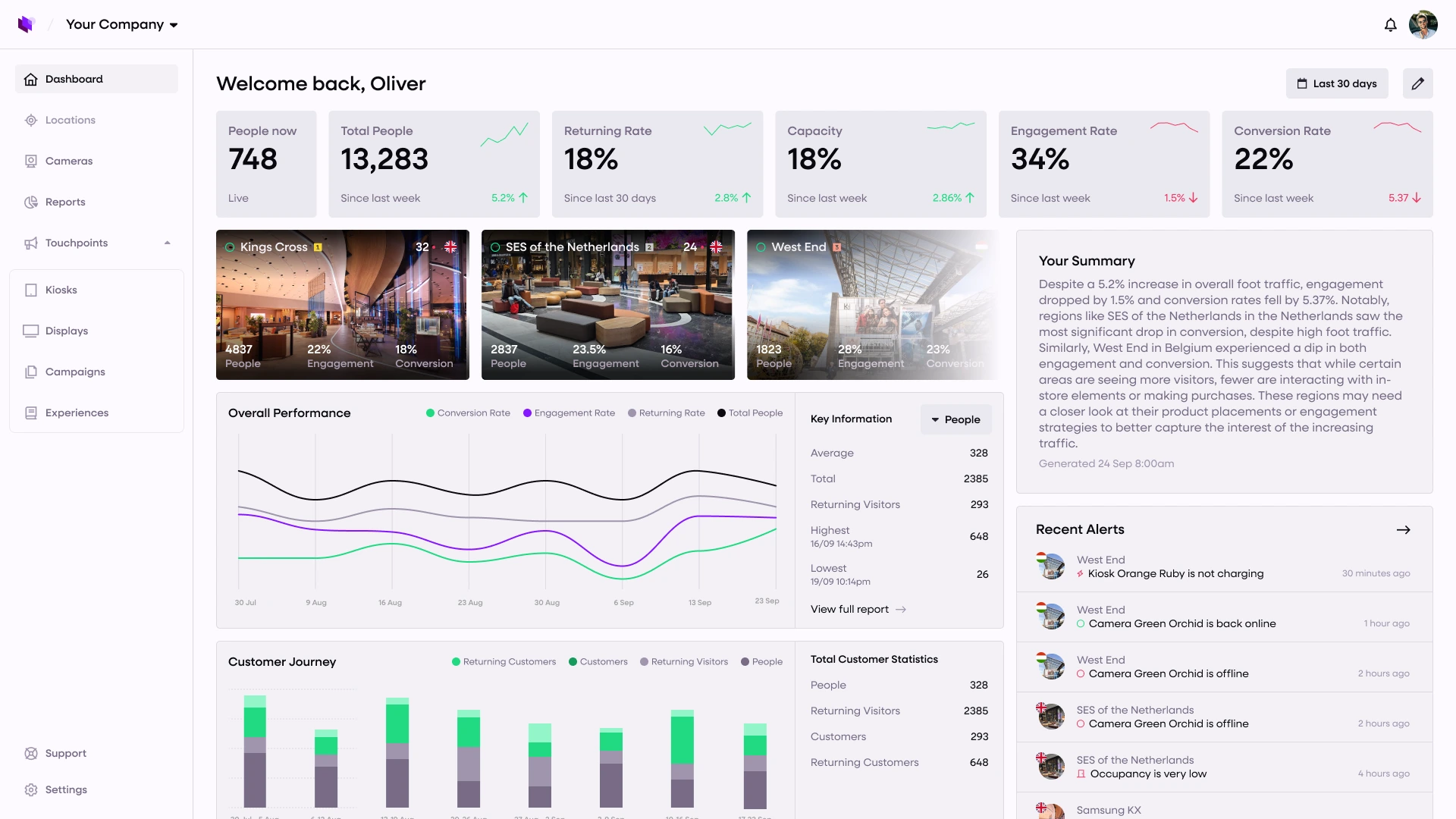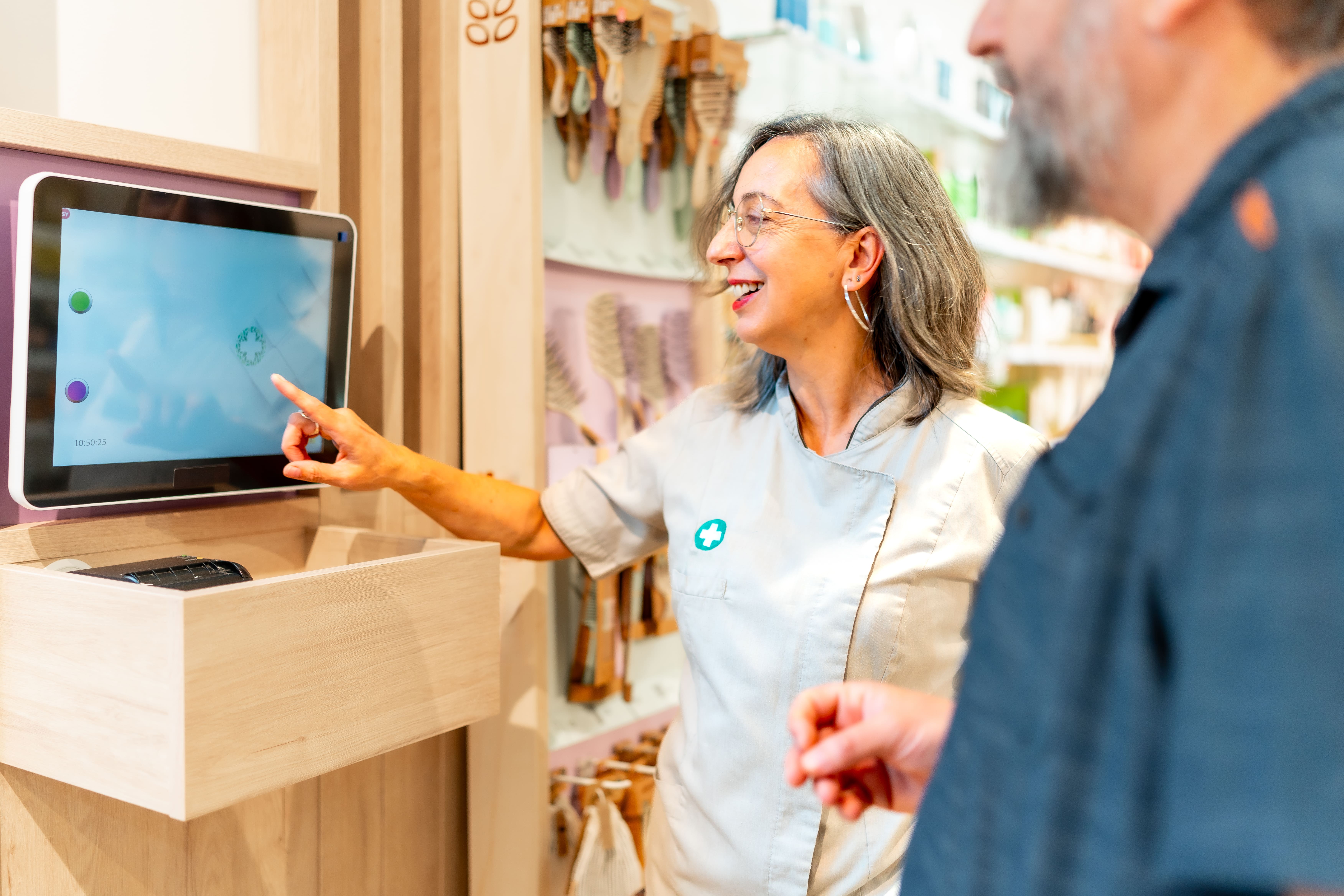


Reach out to us!
Start your AI journey today and let us help you understand your business better. Send us an email or book a meeting with one click!


Reach out to us!
Start your AI journey today and let us help you understand your business better. Send us an email or book a meeting with one click!
18th September 2025

Leo
Retailers are investing heavily in analytics dashboards and digital tools, but too often those investments fall short. The problem isn’t the technology, it’s adoption. When team members and staff don’t use the tools, insights stay locked at HQ, campaigns drag on, and opportunities slip away.
As Harvard Business Review notes, many retailers fail to see returns not because platforms are weak, but because staff don’t trust the data, decision-making moves too slowly, and training is inadequate. Technology alone doesn’t change behaviour, without adoption, nothing changes.
Analytics tools fail without adoption - the challenge is people, not technology.
Rollouts stumble when training is thin, dashboards overwhelm, or staff don’t see personal value.
Training must be simple, practical, and tied to daily tasks.
Early involvement, visible leadership, and celebrating quick wins build buy-in.
Insights should become habits, built into daily routines and decision-making.
Adoption itself must be measured, refined, and improved over time.
The best dashboard in the world can’t improve performance if the people on the floor don’t know how to use it - or don’t see why they should. Adoption is the bridge between investment and ROI. Without it, stores keep on guessing and act based on assumptions, customer experience suffers, and leadership loses confidence in the tools they’ve paid for.
Most rollouts stumble in familiar ways as tools arrive with little or no training, leaving staff unsure where to start. For instance, dashboards overwhelm with too much data and no clear link to daily tasks, store teams are rarely told what’s in it for them, so they see new systems as extra work rather than support.
And too often insights remain at head office, never reaching the people who could act on them in the moment. As a result, each of these gaps chips away at trust and slows adoption until the platform becomes just another unused system.

Training works best when it mirrors real life as staff need to see how a dashboard answers the questions they already have such as when should I open another till, where should I place the new display, how do I know if that promotion worked?
Training should be simple, practical, and repeatable. Short refreshers work better than one-off workshops, the leaders or managers in each store can support their peers. Additionally, quick guides and short videos help reinforce lessons without eating into shifts. As our final goal is not to teach every feature but to show how the tool makes daily work easier.
Adoption is far smoother when staff feel part of the process, by involving them early through pilot projects creates a sense of ownership and improvements in terms of skillset which will build up the staff confidence and further pushing the progress ahead. Early adoption also ensures the feedbacks are heard and clarifications are made before the team progress further.
Further more, celebrating small wins makes the benefits tangible, for an example: cutting queue times by 15% in two weeks says more than any training slide ever could, it's the little progress the team made together that matters.
Leadership plays an important role too, when managers reference dashboards in meetings and praise teams who use data to solve problems, making sure that the message is clear and conveyed - this isn’t extra work, it’s how we work, this is how adoption should really look like.

As the team progresses, they should be able to reach the point where the best adoption doesn’t feel like a change at all - it feels like business as usual. Dashboards should slot into routines, not disrupt them, insights can be built into shift handovers, morning briefings, or weekly planning and key metrics should be visible on screens in the store or available on mobile, so data is at hand when decisions are made.
When insights become part of the rhythm of the day, they turn into habits that stick.
Launching a new tool for the team is only the beginning, true value comes from how consistently it is used over time and that requires monitoring and refinement. Adoption should be treated like any other performance metric, something you can measure, track and improve. Understanding which features staff return to most, learning from stores that adopt quickly, and sharing those lessons across the wider business can all help refine a rollout.
Feedback loops are especially powerful - when staff see that their input shapes how the tools evolve, it builds trust and motivates deeper engagement. In the same way retailers measure customer behaviour to improve sales, they should measure employee adoption to ensure data tools become part of everyday working life.

Analytics platforms have the power to transform retail, but only if people use them. Adoption is not automatic - it requires training, trust, leadership, and patience. With the right approach, dashboards stop being something extra and start being the way work gets done.
👉 Ready to see how a user-friendly dashboard can make adoption easier? Discover how Merlin Cloud helps teams embrace analytics with less friction and more impact.